Traffic regulations in Europe - Austria
Traffic regulations in Europe - Austria
Category: Traffic regulations in Europe
What should be considered on a motorcycle tour to or through Austria? What documents do you need to bring with you? MotoGS WorldTours and MotoGS Rental provide you with answers to your most important questions.
Errors and omissions excepted - all information without guarantee.
Watch out!
Since June 10, 2020, there have been route closures for particularly loud motorcycles in the state of Tyrol. The benchmark is the stationary noise, which can be found in the vehicle registration document under U.1. The limit is 95 db(A). All information and the list of affected routes can be found on the website of the state of Tyrol.
Documents to be carried:
Driving license and vehicle registration document, identity card or passport. It is recommended that you take the IVK – international insurance card (formerly the green card including A) with you, as the IVK will make it easier to settle claims.
For EU citizens, the identity card is of course sufficient, for non-EU citizens the passport is mandatory.
The international driver's license in addition to the national driver's license is recommended for EU citizens and a necessary evil for non-EU citizens.
Rental motorcycle in Austria:
If you have rented a motorbike and want to enter Austria or rent a motorbike locally, you must be at least 18 years old. In some cases, riders under the age of 25 or even under 23 are charged extra.
In addition, riders who travel abroad on a motorcycle that is not registered in their name should carry a user permit with them to be on the safe side.
This permit can be downloaded from the following link.
Bandages / warning vest:
Motorcyclists must carry a first-aid bag that contains suitable material for wound care and is packed dust-proof. A warning vest is not mandatory for motorcyclists. In any case, a motorcycle warning triangle, safety vests and a warning light are recommended.
Helmets are compulsory!
Only helmets that comply with ECE standard 22-05 are permitted.
Daytime running lights:
Motorcycles must also be ridden with the lights on during the day. If the motorcycle does not have LED lighting, it is advisable to take spare bulbs with you in case you need to replace defective bulbs.
Top speeds:
When riding on Austria's roads, you should be wary, especially when it comes to speed limits. Outside of built-up areas, you are not allowed to ride faster than 100 km/h on most roads, and 50 km/h are allowed as usual in built-up areas. A speed limit of 130 km/h applies on the motorways in Austria. It is also important to note that there is a speed limit in Austria at night. Accordingly, you are not allowed to ride faster than 110 km/h on the motorways between 10:00 p.m. and 5:00 a.m. However, the A1 Salzburg-Vienna and the A2 Vienna-Villach are exempt from this restriction.
If the permitted maximum speed is exceeded and a traffic violation is determined, investigations will be initiated against the owner or rider with all means and the person responsible will also be prosecuted. Enforcement takes place beyond the borders, especially to Germany.
Toll obligation in Austria:
A vignette is generally compulsory on motorways and expressways throughout Austria. Various tunnel and mountain routes are also subject to tolls. Toll tunnels and mountain routes are not covered by the purchase of the actual vignette. Payment is made on site. Violations by non-payment of this additional toll fee will be cracked down on and it will be very expensive afterwards. Therefore, when approaching a toll station, which is generally monitored by cameras, you should always pay special attention to any additional toll fees. Because it is not always clear and unequivocally recognizable where and for which part a toll is to be paid. The agency responsible for the toll, ASFINAG, follows up every measure to collect any unpaid toll. Of course, the smartest thing to do is to avoid all the motorways and expressways in Austria. Austria has such beautiful and breathtaking mountain landscapes that can be discovered in a much more exciting way away from the expressways by motorbike. This also saves money and nerves and you do not have to deal with the toll system. If the case should arise and a vignette should be necessary, it can be purchased at almost every gas station. A vignette holder may be advisable here.
Breakdowns and Accidents:
The emergency numbers in Austria are 112 and 144.
Alcohol limit:
Finally, it should also be noted with regard to the blood alcohol limit that it cannot be higher than 0.5, otherwise it gets really expensive. In general, it is better to follow the traffic rules in Austria, because otherwise you will quickly experience a very expensive surprise, which will quickly turn an ordinary motorcycle trip into a luxury trip.
As of 06/26/2023
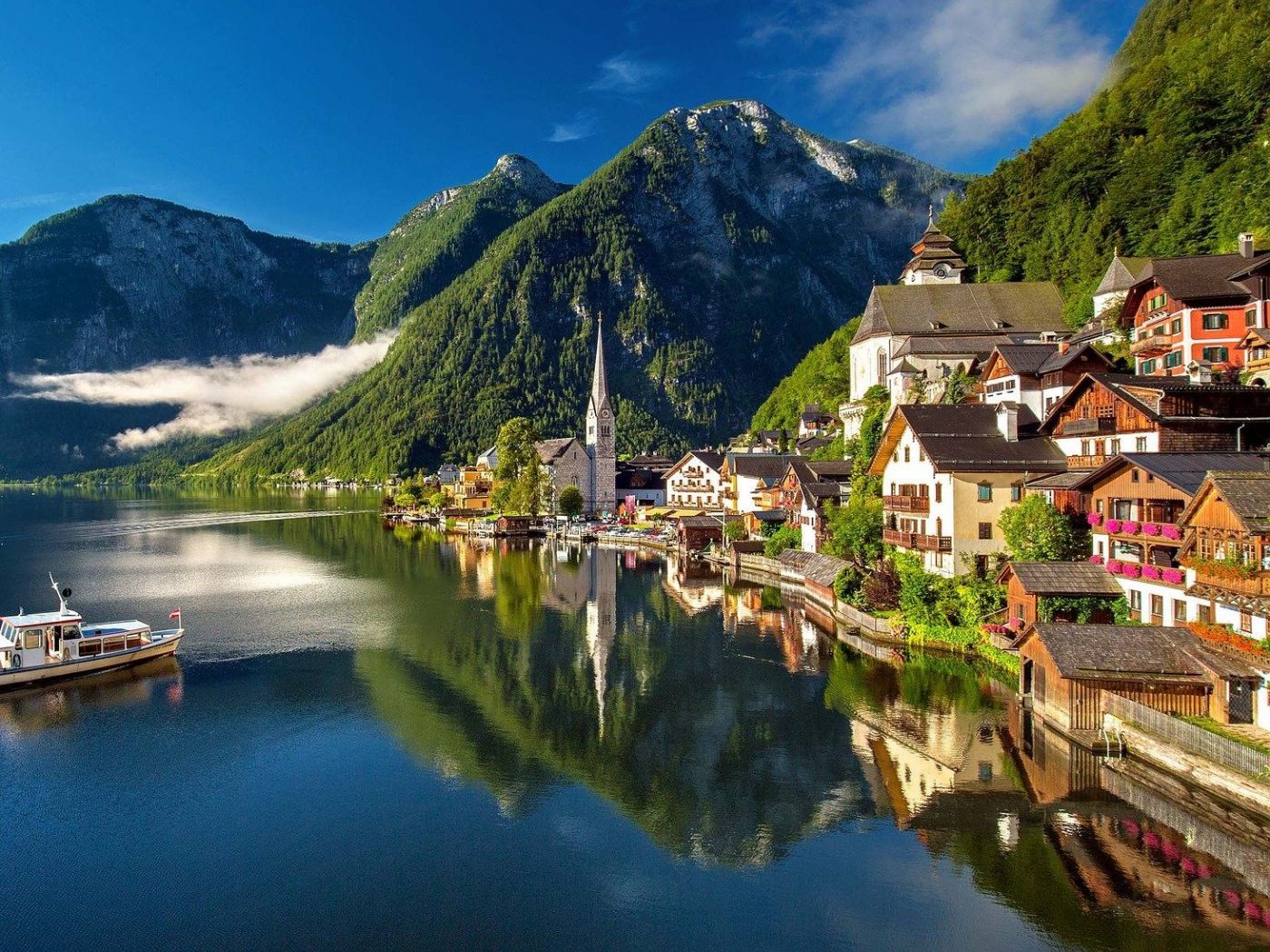
TAGS
user permit state of tyrol motorcycle riding bansShare Your Thoughts
Share your experiences, questions, or suggestions!
Comments from Fellow Riders
Nobody has commented yet – your thoughts?
Blog categories
Moto Tours

* Balkan-Italy Adventure Tour
Approx. 2340 miles!
14 riding days through 5 countries!
15 overnight stays + 2 overnight stays on a ferry!

* Balkan-Carpathians-Albanian Alps Tour 2
Approx. 3138 miles!
21 riding days through 7 countries!
27 overnight stays!

* Balkan-Romania Adventure Tour
Approx. 2220 miles!
11 riding days through 5 countries!
12 overnight stays!

* Balkan-Carpathians-Albanian Alps Tour 1
Approx. 2520 miles!
15 riding days through 7 countries!
18 overnight stays!

* Croatia-Italy-France Adventure Tour
Approx. 1990 miles!
15 riding days through 4 countries!
17 overnight stays + 1 overnight stay on a ferry!

* Croatia-Sicily-Amalfi Coast Tour
Approx. 2730 miles!
18 riding days through 3 countries + Sicily!
21 overnight stays + 1 overnight stay on a ferry!

* New Zealand Adventure Tour
Approx. 4133 miles!
20 riding days through the South and North Island!
24 overnight stays + 1 overnight stay on a cruise!

Croatia - Route des Grandes Alpes, July 2025
2 Americans - 1 boy and 1 girl, 1 motorcycle - a BMW R1250GS, one motorcycle tour and one goal ...

Balkans - Romania Tour, June 2025
At the end of June 2025, the time had finally come. Between June 23 and June 25, all participants in this tour gradually arrived in Trogir.

Balkans - Italy Tour, May 2025
Together we covered about 3700 km, crossing the Adriatic twice, from Durrës to Bari and from Ancona to Split.

Money protection in the event of insolvency
Money Protection Certificate according to § 651r and § 651w of the Civil Code of the Federal Republic of Germany ...

Packing list for a motorcycle tour
Pack your things and get going...

Travel planning and navigation
The next vacation is just around the corner, hopefully, and you've decided to finally ...

Riding a motorcycle in a group or alone?
Riding a motorcycle in a group or riding alone? Are you worried about safety, contact with other people ...

The International Driving Permit
Understanding the International Driving Permit (IDP). A Key to Smooth Overseas Riding for ...
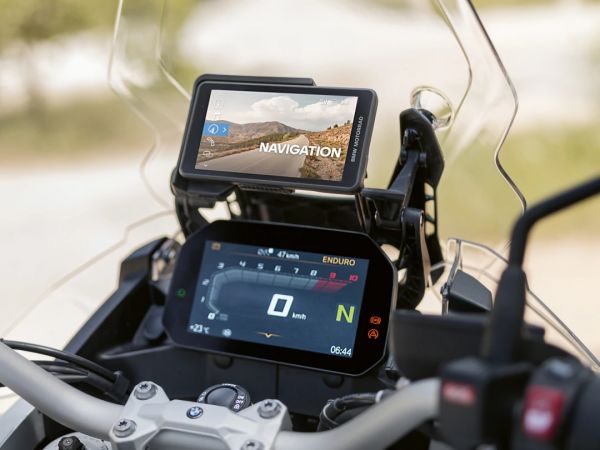
BMW Motorcycle ConnectedRide Navigator
The new BMW Motorcycle ConnectedRide Navigator ...
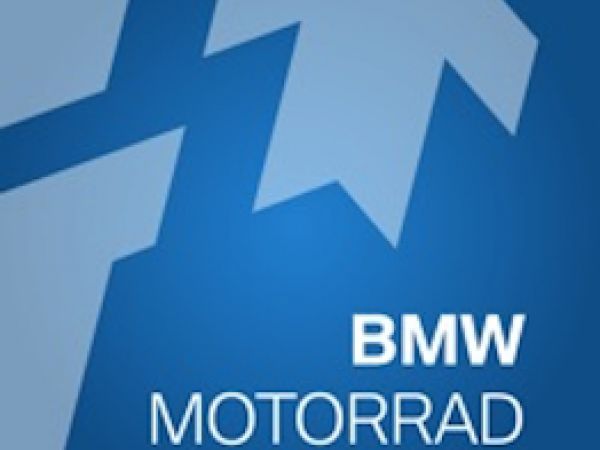
BMW-ConnectedRide Cradle and Connected App
Riders of new BMW models have several options for using information and entertainment ...
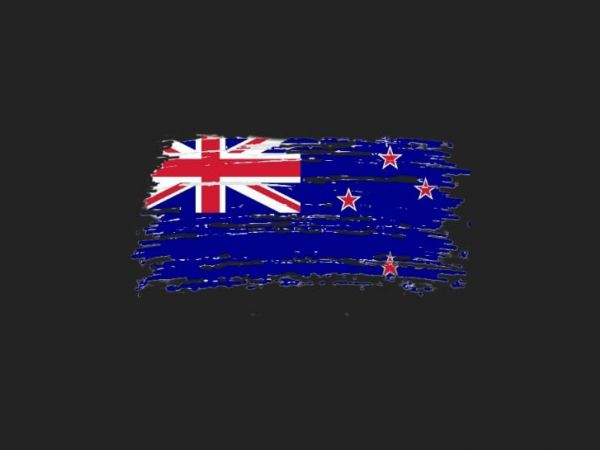
Traffic regulations in Oceania - New Zealand
What should be considered on a motorcycle tour through New Zealand?
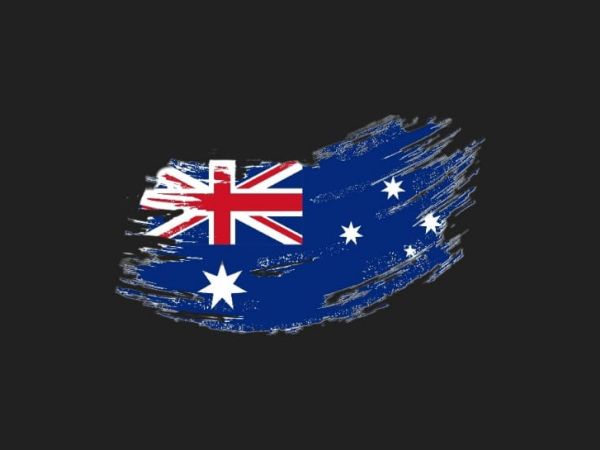
Traffic regulations in Oceania - Australia
What should be considered on a motorcycle tour through Australia?

